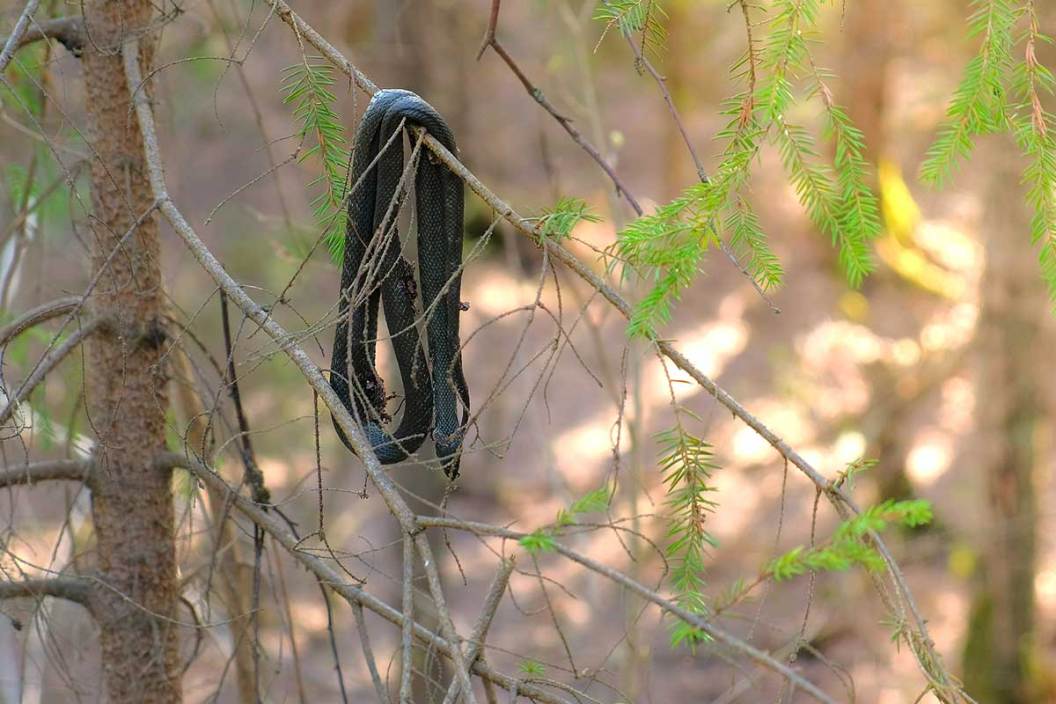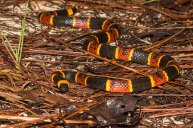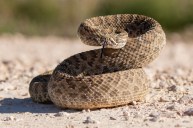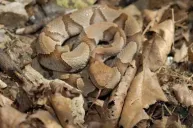Is a dead snake hung from a tree a real thing, or is it just an old wive's tale? Let's find out.
As you can tell by this article's title, we're examining a lesser-known custom: hanging dead snakes from trees. Some of you may be familiar, some may have never heard of it. Mainly, it begs the question, who was the first one to try this, and why?
We need to start off by admitting there are a few outdoor beliefs or notions that have some truth behind them: "When the wind is in the west, the fish bite best," or how about "Red skies at night, sailor's delight." While these two are quite common and well known, they are also based on some basics of weather reporting, and more specifically, the barometer.
But a dead snake in a tree? What the heck?!
The truth is that it can be done in multiple ways and for several reasons, but whether or not it "works" is another story. Not only that, but there are many different tales as to its origin and uses that will alternately make you laugh and cringe at the same time.
For those of you that are familiar with this interesting use of a dead snake, we're hoping that you may still find some bits of information that will make you shake your head and maybe even chuckle.
The Dead Snake Prophecy
Superstition holds that if a person kills a snake and then hangs the dead snake on a tree limb then it will rain within three days. In fact, there are those that will not only do this, but tell you exactly why it works according to them.
It is suggested that some Native Americans believed that killing a snake and hanging it is thought to be a gift to the Gods that helped fight the Ro-qua-ho, an ancient lizard known for its blood thirsty behavior, while others considered it to be a bad thing making the celestials angry, thereby making it rain.
Some say that it has to be a black snake, or a rattlesnake, or even a copperhead to work. Others say that it must be hung belly up while some folks say that it must be hung belly down, and from a fence post, not a tree.
Some factors indicate that this is a southern practice for those with a primarily agricultural lifestyle, and others talk of it being exclusive to the American southwest.
Hanging a dead snake in a tree or on a fence rail is also said to keep other snakes away, which may be the first reason why it was done.
The Last Word On Dead Snakes
All over the country, from New York to North Carolina to Texas to California, there are large snakes that sometimes end up on fence posts, and for various reasons. Mostly, it's because someone desperately needed rain. Whether or not it works is another question. There's no scientific evidence that says it does.
It stands to reason that somewhere along the way a fisherman caught fish on a west wind, it was in fact calm after a red sunset, and that after hanging a dead snake in a tree it rained the next day.
Whether it was a rattler or a rat snake isn't really the question. More so it's that one of these slithering reptiles lost their lives to a farmer after being caught in the wrong place at the wrong time. As snake handlers can tell you, outdoorsmen may have influence over snakes, but not so much the weather.
Our advice is to follow your local forecast before setting out afield (or even planting a food plot), because you never know when that unlucky creature you just stumbled upon is a venomous snake.
My daddy always used to say that if a man walked up to you in a bar and bet you that he could take his head off and set it next to you, don't take the bet, because he can probably do it. If you ask enough folks that have tried making it rain by hanging a dead snake in a tree, you'll likely find a few that have made it work, but don't rush out and start killing snakes with hopes of wet weather. There's just no proof, that's all there is to it.
Looking for a little more or even hot lunch for your hunting blind? Follow my webpage, or on Facebook and YouTube.
NEXT: PURPLE PAINT ON POSTS AND TREES: WHAT IT MEANS AND WHAT TO DO IF YOU FIND IT





